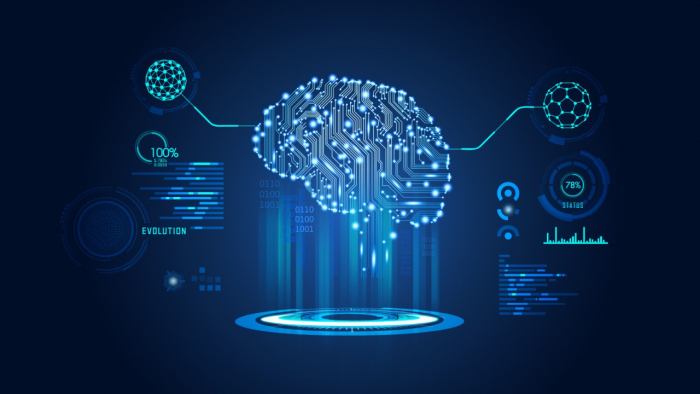Artificial Intelligence
5 min read
Smarter Insights, Simpler Tools: How AI Is Transforming Business Intelligence


Do you take an old-fashioned or a current-day approach to business intelligence (BI)?
Old Business Intelligence was slower and mostly done by people using spreadsheets and reports, with fewer tools and less real-time data. But modern BI changed everything. It uses smart tools to collect, study, and share data faster, helping teams make better decisions than before.
The main problem in the past was that traditional BI tools were limited to analysts or data teams. The innovative new approach offers smarter insights and simpler tools by using AI to increase accessibility so anyone can manage data effectively.
As GeniusFirms notes in its review of Julius AI, AI tools are becoming “smart colleagues” rather than just dashboards. This shift highlights how BI is moving from analyst-driven reports to self-service insights for every team.
This article explores how AI is moving BI from analysts to accessibility for everyone, the role of machine learning (ML) in analytics, enterprise AI, and how artificial intelligence in BI affects decision-making.
The great thing about AI-driven BI is that it makes it a self-service option, increasing accessibility whether users have experience processing and managing data or not. Non-technical users can run queries using their own natural language without needing to know any jargon.
The tools that are leading this shift toward AI-driven, accessible, and self-service BI tools are:
Sure! Here's a 15-word explanation for each tool:
These tools use real-time suggestions, smart visualizations, and auto-generated reports to become easier to use for whatever the level of knowledge (or lack thereof).

Although it doesn’t get as much time in the spotlight as generative AI, machine learning has a huge role in many AI applications today. This point is especially true for predictive and prescriptive analytics.
These changes signal a shift from describing data to using current data to predict future trends (predictive analytics), allowing companies to meet customer demands before they appear.
Prescriptive analytics goes hand in hand with these predictions because it can recommend the next steps a company can take to capitalize on these trends, meet demands, and increase revenue.
In action, this can be a retail dashboard that flags stock risks and recommends new order quantities to ensure stocks are adequate and customer satisfaction remains high.
Once you understand the need for AI in BI, you’ll want to scale if you work for a large enterprise. That’s where enterprise AI comes in.
Enterprise AI is just AI platforms and tools designed for enterprise use, so they allow customization for specific company needs and, of course, huge scaling capabilities.
These tools embed AI agents to help them run more autonomously. These agents work like simple assistants, carrying out basic tasks automatically and running in the background at all times to maintain systems. In BI, these agents automate all the basic data tasks, like data cleaning, alert generation, report customization, and a limited number of deeper queries.
A few of the most popular examples of enterprise AI in BI with agents include:
The massive benefit to these AI agent frameworks is that they scale insight delivery across teams without any of the manual work that employees would usually have to do.
Like any new technology, especially ones involving AI, there are challenges you need to overcome before you reap the rewards of BI that uses AI.
AI tools often process live data, which raises concerns about privacy, access control, and compliance. Without strong governance rules, sensitive information could be misused, shared accidentally, or exposed to unauthorized users during real-time analysis.
AI can surface useful patterns, but it may also produce errors or misleading results. If teams blindly trust outputs without review, they risk making poor decisions based on flawed assumptions, missing context, or incomplete data sets.
Even no-code tools need users to understand data basics, ask good questions, and interpret results. Without proper training, teams may struggle to use AI features correctly or misread insights, limiting the tool’s full value.
There has been a dramatic shift over the past decade from static BI dashboards to far more dynamic, AI-supported insights.
This shift signals a change from traditional to modern BI, which enables anyone to use BI tools, even if they lack the technical knowledge. Now, BI is not just for analysts; It’s for every team, in real time.
Every business should explore BI platforms that offer intelligent agents and natural language access to data to fully utilize everything that AI-driven BI has to offer.
Be the first to post comment!